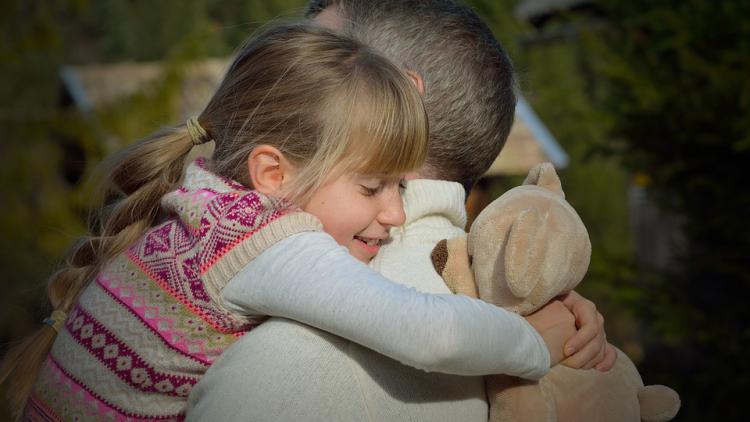
Even in an already incredibly hectic jobs such as teaching, we tend to feel at fault if we are not doing something all of the time during the working day. While useful in some instances, this can be counter-productive in the classroom.
There are times when a teacher needs to step back and allow the important work of learning to commence. Our temptation too often is to interfere in order to ‘make sure’ or ‘guide’ when actually all we achieve is a disruption of the working mood of the room. What the students actually need is for you to leave them to it.
How do you spot those times when you should amuse yourself so the kids can all get on with learning?
Common problems
What we can do is learn from how others’ busyness makes us feel.
Surely everyone hates the feeling of being watched while typing – suddenly the typos become more common and we lose concentration. Yet as a matter of course, we wander the classroom looking over pupils’ shoulders as they work quietly. This often puts the child off their work or causes them to stop working altogether. Our desire to be doing something interferes with the purpose of the activity that has been set up. Furthermore, it hampers their ability to learn from their mistakes in private, as they fear their working things out is being appraised.
Or what about the over-attentive waiter asking how we are enjoying our meal, just as we are about to put the first forkful in our mouth? In the classroom, we can be guilty of doing similar when questioning. If a response is not forthcoming quickly enough, the hyper vigilant teacher fills the dead-time by giving the answer after a moment’s pause or switching to someone else. Really, we should be comfortable in the silence and wait for the student to work things out.
And one final example: have you ever had a minor argument only for someone nearby to attempt to defuse the situation by asking you to calm down, when actually all parties were very calm already, thanks very much? Similarly, a minor squabble between two pupils can be blown into a full-on disciplinary issue if an overly busy teacher decides to intervene, when sitting back would allow the pupils space to resolve the dispute themselves.
These are just a few instances where we should take the time to let children get on with it. We’re busy enough already without being a constant pest. So get a grip on your interfering impulse: give yourself a break so the kids get a break, too.
[Source:- tes]








